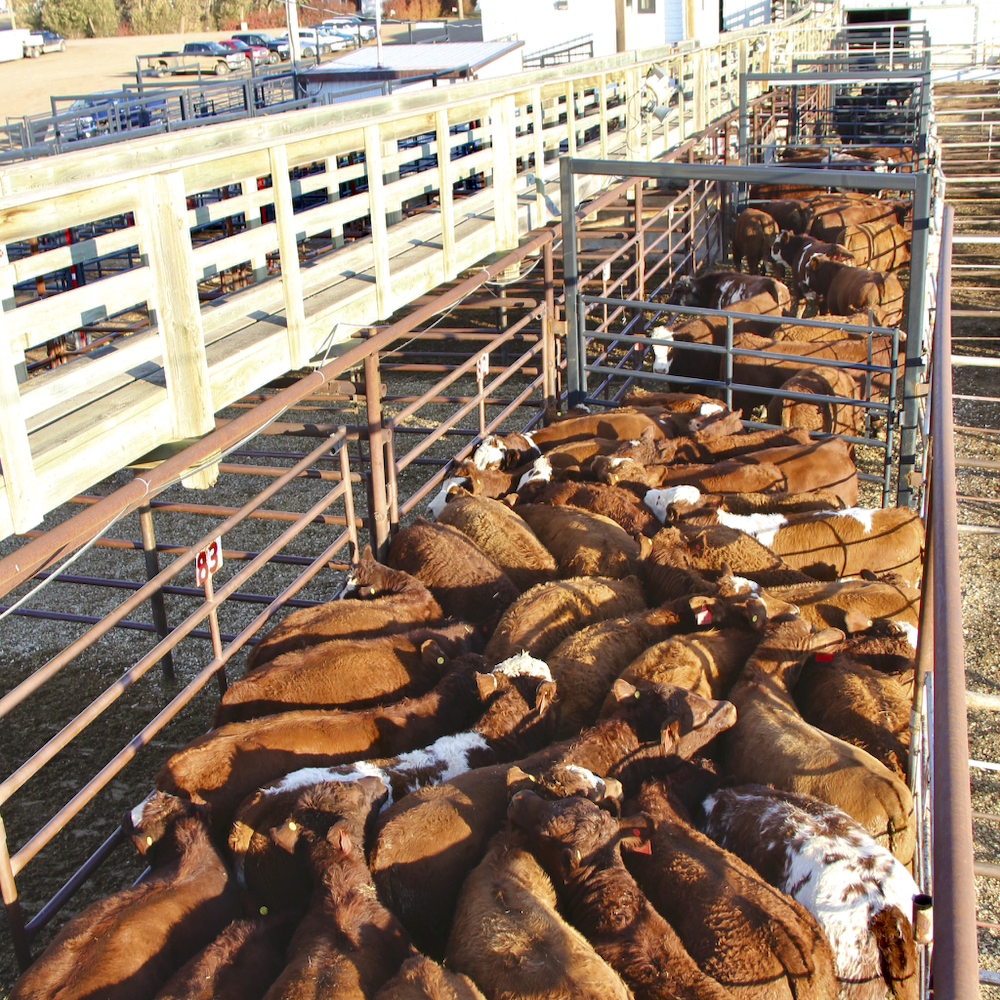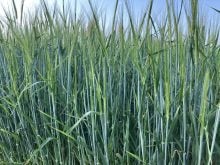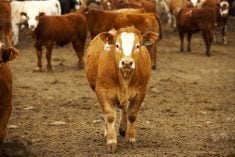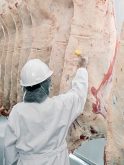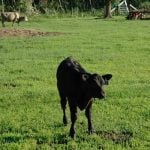For the past year, cattle prices have remained strong in Canada and look to stay that way in 2024.
However, this isn’t set in stone and the market can be quick to change, as producers saw in March 2024 as avian influenza was first detected in dairy cattle in the U.S., introducing risk into a red-hot market. As a result, prices and price insurance were affected.
Now the markets have settled, but the memory of avian influenza has left people wondering: what is the best way to manage market risk?
The market
Read Also
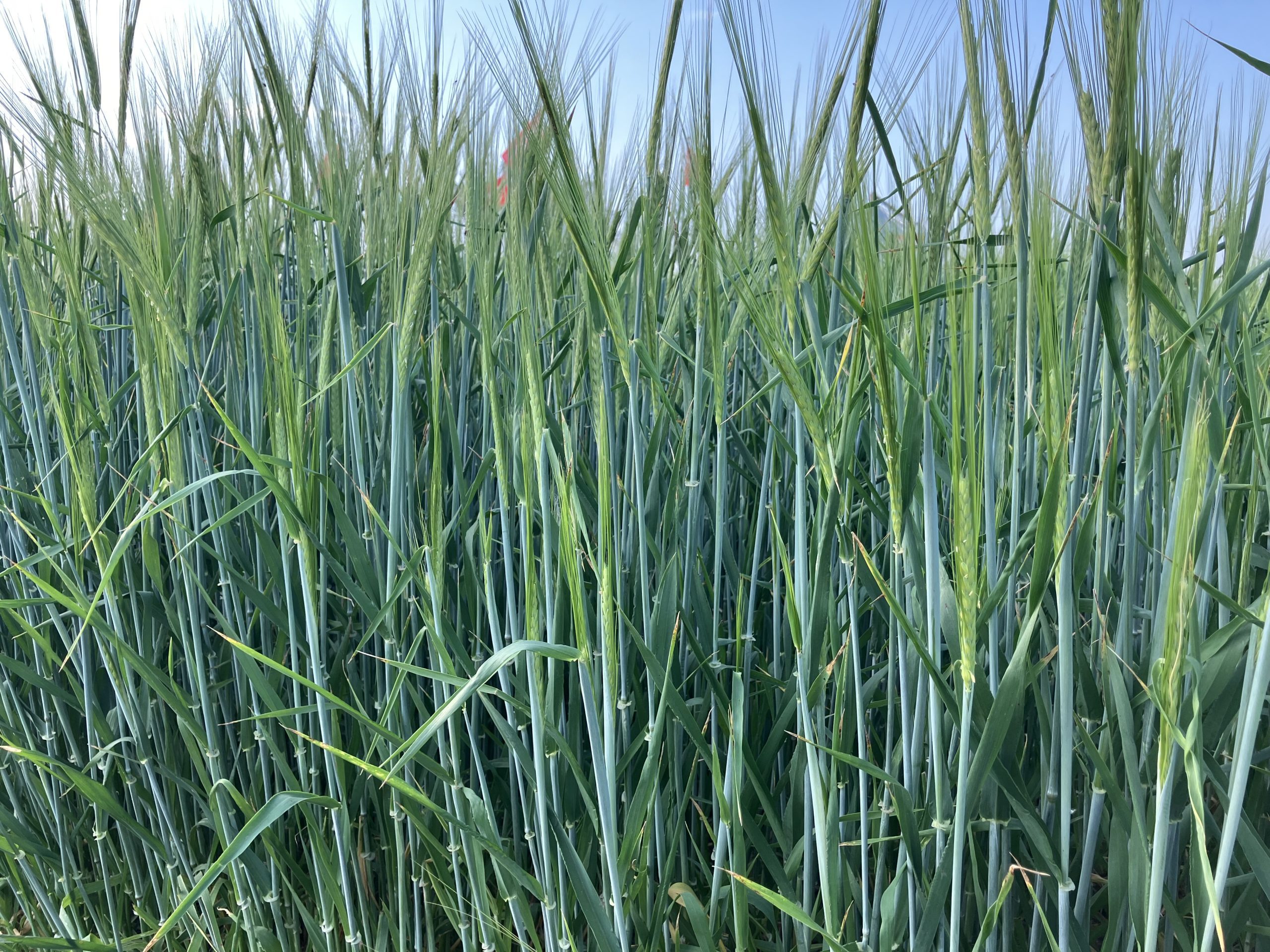
Canadian farmers plant less barley in 2025
I’ve received many inquiries from cattle producers about the feed grain outlook for the 2025-26 crop year. Cow-calf producers have…
Brian Perillat is an agribusiness specialist and agricultural economist with Bullseye Feeds.
Perillat expects to see cattle numbers tighten over the long term.
“Cattle-on-feed numbers really haven’t dropped versus last year, and historically are still relatively high. So, short term, we continue to see heifers go on feed and come to market,” Perillat says in an interview.
He says right now, cow-calf producers are in the driver’s seat because of the high demand from feedlots and processors as calf crops shrink, which provides opportunities to producers.
However, with these opportunities to capitalize on the market, there are challenges, as well.
“The challenge is to gain as much as you can for as long as you can,” Perillat says. One challenge is that no one knows when this market will peak, he says. “So, you want to have a look at some risk management options.”
That’s why he says it’s so important for producers to manage their risk.
Brenda Hagen, Livestock Price Insurance product owner at Agriculture Financial Services Corporation (AFSC), says cattle risk management can be a complex issue and producers should be aware of their options.
“We suggest producers make a risk management plan so they understand their breakeven point and risk tolerances,” she says in an email.
Price insurance, put, call?
Many things affect the cattle markets, such as weather, feed availability, disease and trade barriers. Because the market is so volatile, it’s important for producers to be aware of what their options are when it comes to managing market risk.
Jodie Griffin is the Livestock Price Insurance Program co-ordinator with Saskatchewan Crop Insurance Corporation. As a rancher herself and a professional in the beef industry, Griffin knows exactly how volatile the markets can be — and how important it is for producers to know their risk management options.
Beef producers don’t have as many tools to manage risk as other sectors, so it’s important for them to have access to price insurance, Griffin says. Saskatchewan offers policy lengths as short as 12 to 16 weeks, or as long as 36 weeks.
“This is all about preparing for something that could happen in the future,” Griffin says. “It’s about getting them to the finish line, in a futures state to the market, and the risks that can happen between now and then.”
Perillat says a call option shares some characteristics with price insurance. A call option takes advantage of a rising market — in this case, rising cattle futures. Producers can also protect themselves from rising costs — such as higher feed prices — or a rising Canadian dollar. Perillat says you can also buy a call option on the cattle futures if you’re planning to buy cattle in the future but aren’t prepared to do that yet.
“If the futures go up, then your option value goes up and the gains you make there can offset the rising cost of the cattle. If the market goes down, you can buy the cattle cheaper, and then you are just out the value of the premium you paid for the cattle options,” Perillat says.
Purchasing a put option establishes a floor price, Perillat says.
“Price insurance, it’s a Canadian put option,” he adds. “You’re protected from futures basis, the dollar, all of our main risk factors, even rising feed costs, which can factor into cow prices. You are kind of protected from that with price insurance.”
Hagen and Griffin say the way price insurance protects from all three sources of market risk —futures, basis and currency — set it apart from other options.
Price insurance options
The Livestock Price Insurance Program came on the heels of the BSE crisis hitting in the early 2000s. Now, there are three types of insurance available for beef producers — a calf program, a feeder program and a fed program.
The fed program is for beef heifers and steers and is specific to producers who are finishing their cattle. The feeder program is for producers backgrounding steers and heifers. The calf program is primarily for cow-calf producers.
Griffin says the calf program is the only risk management tool available that will protect Canadian ranchers from risks related to the futures market, currency and basis.
Hagen says price insurance coverage is market-driven, and so ebbs and flows with the fluctuations in the livestock and currency markets. The deadline for the calf price insurance options is in June. The other two can be purchased year-round.
Opportunities
Perillat says the grain industry has a better understanding of managing market risk, and there are some things the grain industry does that the cattle industry can watch for, as well.
“I think the grain industry was maybe first to do more of these — locking in profits, forward contracting, selling your crop before you’ve even seeded it. It’s just being aware all those options are avail- able to cow-calf producers,” he says.
He says cattle producers have more market volatility at these price levels and so there is more risk.
“On the other side, the cow-calf producer has to be willing to live with his choices if the market continues to go up and he sold early. You have got to understand what’s best for your business at the time you made that decision.”
Perillat says the low-hanging fruit is simple planning. He says there is a lot of opportunity for producers if they stay plugged in with the markets and plan accordingly.
“Follow market trends, know your cost of production and take advantage of protecting good profit levels or negative market shocks, either through price insurance, or forward selling, put options, etc.”


